“I’ll be your leather; take from me, my lace . . “
Stevie Nicks
When Opposites
Attract; the Startling and Wonderful Jewelry of Margaret de Patta
She was born in Tacoma , Washington in 1903, but moved with her family to San Diego
She was influenced by the German Bauhaus movement and by
Russian Constructivism. In some way, her
work reminds one of Louise Nevelson. Her
early paintings involved overlapping planes and translucency, designs which
later reappeared in her brooches and other jewelry.
Bauhaus began in Germany
 |
| Margaret de Patta Brooch, c. 1950 Public Domain |
Laszlo Moholy-Nagy was one of the original artists of both
the Constructivists and Bauhaus movements.
He left Russia in
1917, and then fled Germany
when the Nazi’s came to power and temporarily put an end to Bauhaus in Germany US to found the Chicago
The concept de Patta used to describe her jewelry was
“vision in motion.” She followed the ideas of Moholy-Nagy, but also studied all
kinds of jewelry, especially ethnic jewelry.
Allegedly, she stumbled onto jewelry making when she was looking for a
wedding ring in 1929. She wanted a
modernist style, but couldn’t find one, so she made her own ring. No one knows where it is today. Later, de Patta cut shapes from sheet of
silver and assembled them to make pins.
She liked using lapidary techniques and cutting translucent stones like
quarts and certain types of agate to add to her jewelry. She got interested in photograms, or
“painting” with light, where negative images of objects are created, often in
stark, almost black/white contrast.
According to one expert who wrote “THE TRANSCENDENT JEWELRY OF MARGARET
DE PATTA: VISION IN MOTION ““Photograms are made without a camera by placing objects directly
onto photosensitive paper and then exposing it to strong light. The result is a
negative image with variations in tone that depend on the transparency of the
objects used.” (Ursula Ilse-Neuman 6)
Margaret de Patta also wanted her predominantly abstract
work to have social influence. She
strived to create quality, “wearable” sculpture jewelry for the general public,
and did not necessarily want to create luxury items, though today her pieces
are pricey and hard to find. The effort ultimately cost her life; after
suffering business and financial failure, she committed suicide in her early
sixties. Her jewelry, however, with its
touches of architectural construction and contrasting pieces lives on, and is
enjoying a renaissance in the world of art jewelry and design.
























































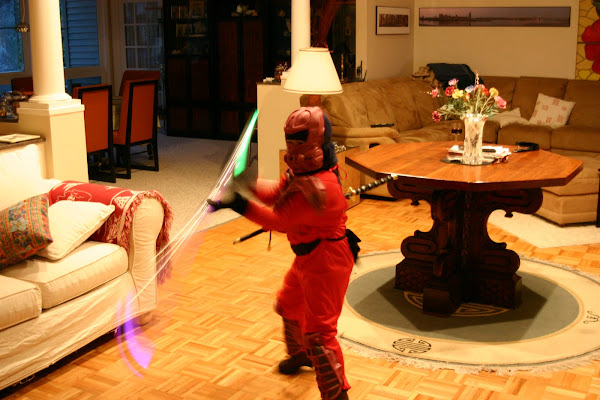

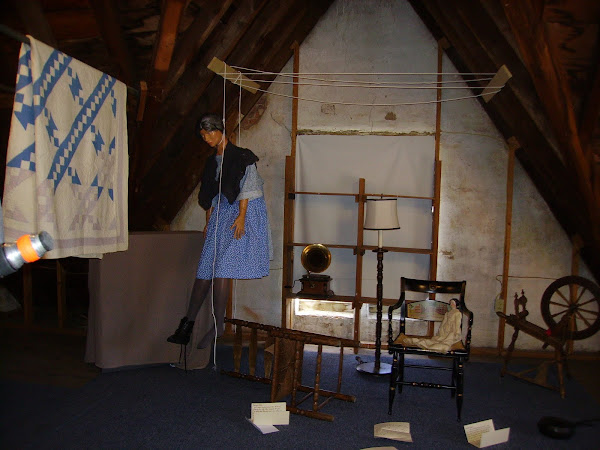
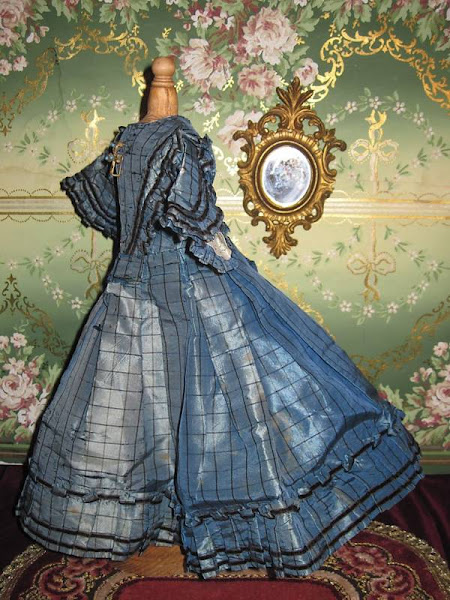wCWk~%24(KGrHqV,!h8Ew5GsnS3dBMUy3MzVPg~~_3.jpg)


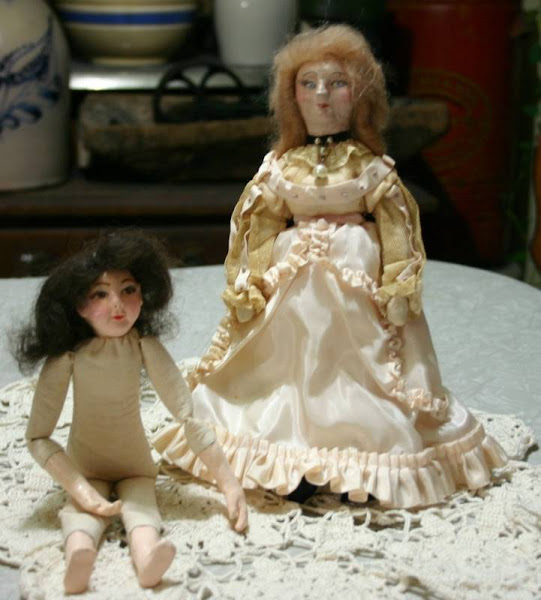









































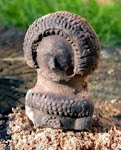
















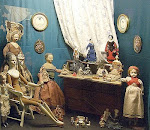



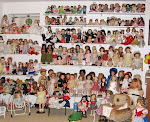
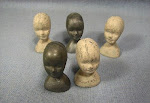



No comments:
Post a Comment